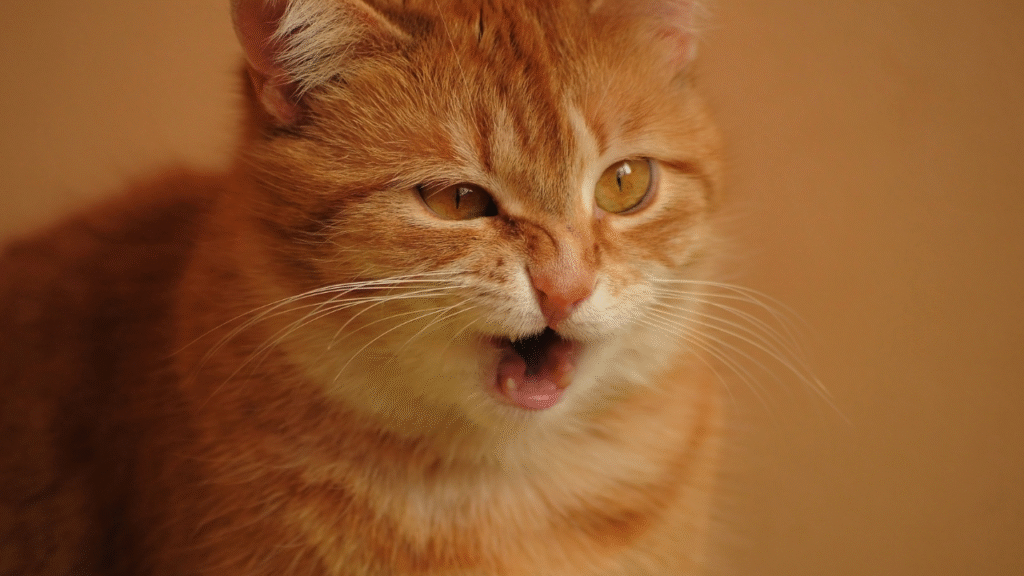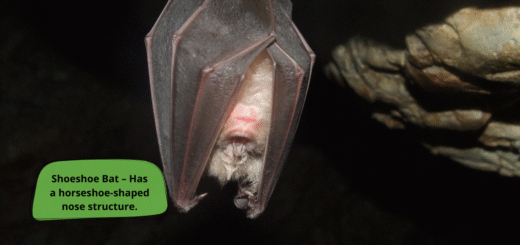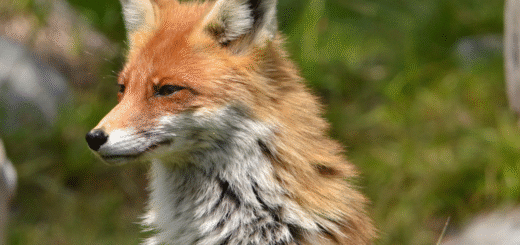The Role of Cats in Ancient Cultures
Cats have walked alongside humans for thousands of years—not just as companions, but as symbols, deities, and protectors. In many ancient cultures, the presence of cats went far beyond pest control; they carried spiritual, social, and sometimes even political significance. From the majestic temples of Egypt to the sacred scrolls of Japan, cats held a respected, sometimes even divine, role in human history.

Ancient Egypt: Cats as Divine Beings
No ancient civilization is more associated with cats than Egypt. Egyptians revered cats for their grace, hunting skill, and mysterious demeanor. They were commonly kept as household pets, but their importance went far beyond companionship.
Cats were closely linked to Bastet, the feline goddess of home, fertility, and protection. Often depicted with the head of a lioness or a domestic cat, Bastet became a central figure in Egyptian religion. Killing a cat—even accidentally—was considered a grave crime, sometimes punishable by death.
Cats were so beloved that families often mourned them as they would human members, sometimes shaving their eyebrows to mark the loss. Archaeologists have discovered cat cemeteries with thousands of mummified cats, showing how deeply embedded they were in spiritual and cultural practices.
Ancient Rome and Greece: Guardians of the Home
In Ancient Greece and Rome, cats were also valued, though perhaps not as sacred as in Egypt. Greeks saw them as symbols of cleanliness and balance, aligning well with their philosophical ideals. In Rome, cats were associated with liberty and independence. Roman households often kept cats to protect food stores from rodents, and sailors brought them aboard ships as pest controllers and omens of good luck.
Unlike dogs, which were often seen as loyal but lowly, cats were admired for their independence and elegance. This appreciation made them a quiet but constant part of daily life.
Norse Mythology: Cats and the Goddess of Love
In Norse mythology, cats were the sacred animals of Freyja, the goddess of love, fertility, and beauty. She rode a chariot pulled by two large cats—thought to be either wildcats or lynxes. Because of this, cats were considered sacred, and farmers sometimes left offerings for them in hopes of a good harvest or fertility blessings.
Cats were also believed to bring protection and warmth to homes, and their mysterious presence was both feared and respected by the Vikings.
Ancient China and Japan: Protectors of Prosperity
In ancient China, cats were considered guardians of books and scrolls, particularly in monasteries and scholarly households. They were seen as symbols of good luck and protectors of valuable knowledge. The Chinese word for cat (猫, māo) even sounds similar to the word for “age” or “longevity,” strengthening its cultural significance.
Japan carried these values forward, giving rise to the maneki-neko, the famous “beckoning cat” figurine believed to bring good fortune and wealth. Though maneki-neko became popular much later, its roots lie in the traditional respect for cats as spiritual protectors. In Japanese folklore, cats could even shapeshift and were often thought to possess supernatural wisdom.
India and the Middle East: Mixed Views
In some ancient Indian and Middle Eastern cultures, cats had a more ambiguous reputation. In Zoroastrian Persia, cats were admired for their cleanliness and hunting abilities. However, in early Vedic literature, cats were sometimes portrayed as cunning or deceitful.
Despite mixed portrayals, they were generally appreciated for their ability to keep homes and granaries free of vermin. Islamic traditions, later on, particularly honored cats. The Prophet Muhammad is said to have had a favorite cat named Muezza, and cats were respected for their cleanliness and peaceful nature.
Conclusion: A Timeless Bond
Across cultures and centuries, cats have left their mark—not just in homes, but in temples, legends, and the collective imagination of humanity. Their grace, mystery, and independent spirit earned them roles as gods, guardians, and symbols of luck or wisdom. Understanding how ancient cultures viewed cats helps us appreciate the deep-rooted connection between humans and these fascinating animals—one that still thrives today.








